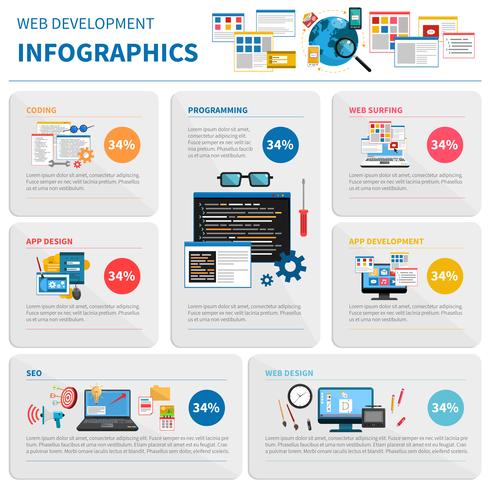Website Layout: A Journey Through Time.From Modest Starts To Modern-Day Wonders, Site Style Has Undertaken A Substantial Change Over The Years
Website Layout: A Journey Through Time.From Modest Starts To Modern-Day Wonders, Site Style Has Undertaken A Substantial Change Over The Years
Blog Article
Short Article By-Asmussen Singer
In the past, websites were simple and focused on info. https://videomarketingspecialists98643.getblogs.net/62353925/strategies-for-ppc-success-conducting-thorough-key-words-research was straight, and layout was for desktop computers. Now, user experience is key. Information guides layouts for simple navigating. Responsive formats match different tools. Today, dark mode decreases strain, and minimal menus boost navigating. Interactive features engage users, and vibrant visuals stick out. AI combination increases engagement. See exactly how style has actually advanced to improve your online trip.
Very Early Days of Web Design
In the very early days of website design, simpleness preponderated. search engine optimization internet marketing were fundamental, with restricted shades, font styles, and layouts. The emphasis got on offering info as opposed to showy visuals. Individuals accessed the internet via slow dial-up links, so rate and functionality were crucial.
Navigation menus were straightforward, normally situated at the top or side of the page. Sites were developed for desktop, as mobile browsing wasn't yet prevalent. Material was king, and developers focused on very easy readability over complex style elements.
HTML was the key coding language used, and developers had to work within its constraints. Computer animations and interactive features were very little contrasted to today's requirements. Internet sites were fixed, with little dynamic web content or individualized individual experiences.
Rise of User-Focused Style
With the advancement of site style, a shift towards user-focused design principles has come to be progressively prominent. Today, developing sites that focus on customer experience is crucial for involving site visitors and accomplishing service objectives. User-focused layout involves recognizing the needs, choices, and actions of your target audience to tailor the internet site's layout, content, and features appropriately.
visit web site carry out thorough study, such as customer studies and use screening, to gather understandings and comments straight from users. This data-driven approach helps in creating instinctive navigating, clear calls-to-action, and aesthetically appealing user interfaces that resonate with visitors. By positioning the user at the facility of the design procedure, sites can supply an extra personalized and pleasurable experience.
Responsive style has also emerged as a key facet of user-focused layout, making certain that web sites are enhanced for different devices and screen sizes. This versatility boosts accessibility and usability, satisfying the varied methods individuals interact with internet sites today. Fundamentally, the increase of user-focused design represents a shift in the direction of developing electronic experiences that prioritize the demands and expectations of the end customer.
Modern Trends in Web Design
Discover the latest patterns forming web design today. One popular pattern is dark mode design, supplying a sleek and modern-day look while reducing eye pressure in low-light environments. One more key trend is minimalist navigating, simplifying food selections and boosting user experience by focusing on essential elements. Including micro-interactions, such as computer animated switches or scrolling effects, can create a more engaging and interactive web site. Receptive style stays important, making certain smooth user experiences across various tools. Additionally, using bold typography and asymmetrical designs can add visual interest and draw attention to particular content.
Incorporating AI innovation, like chatbots for client support or personalized referrals, boosts individual involvement and streamlines processes. Access has likewise become a substantial fad, with designers focusing on comprehensive layout methods to cater to varied user requirements. Accepting sustainability by optimizing internet site efficiency for rate and effectiveness is an additional arising pattern in website design. Teaming up with individual feedback and information analytics to repeat and enhance design continuously is crucial for staying pertinent in the ever-evolving electronic landscape. By embracing these modern patterns, you can develop a visually attractive, user-friendly website that resonates with your target market.
Conclusion
As you assess the advancement of internet site design from the early days to currently, you can see how user-focused layout has come to be the driving pressure behind modern trends.
Welcome the trip of change and adaptation in web design, constantly maintaining the customer experience at the forefront.
Remain current with the current patterns and modern technologies, and never quit progressing your approach to develop visually spectacular and straightforward web sites.
Develop, adapt, and develop - the future of web design is in your hands.
